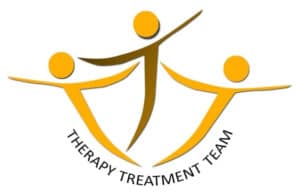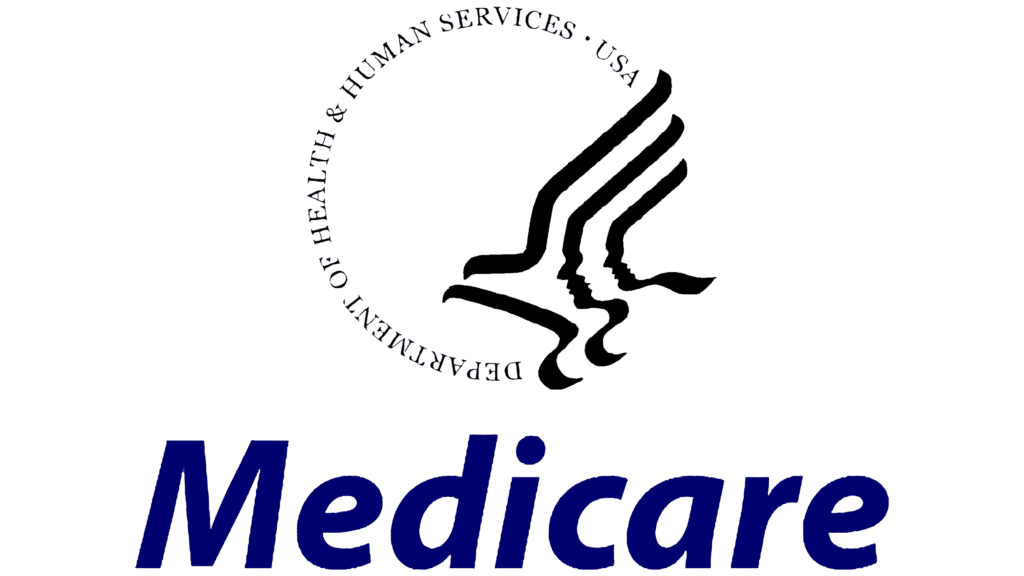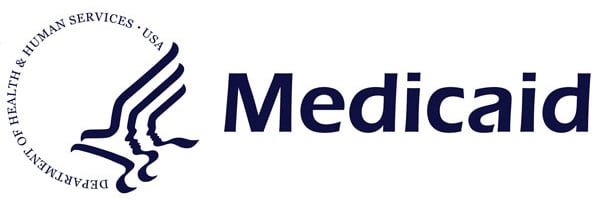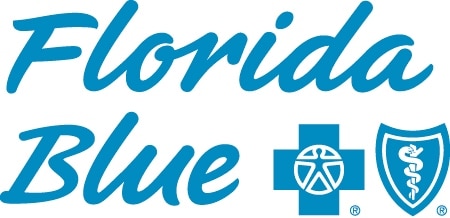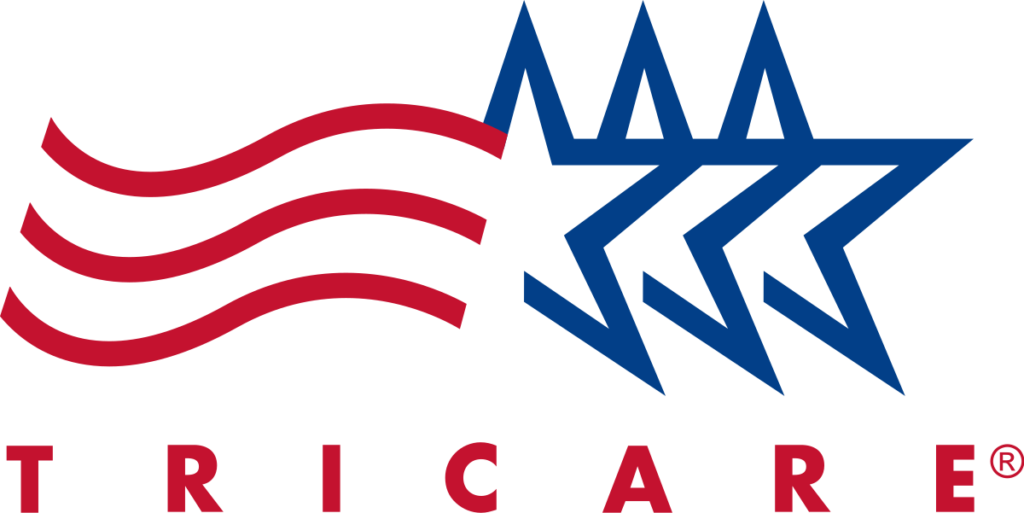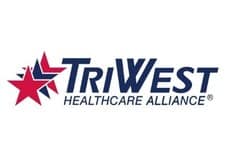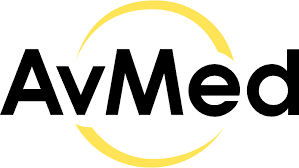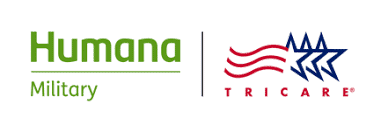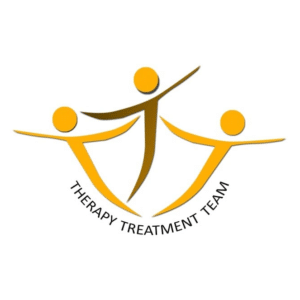Attention-deficit/hyperactivity disorder (ADHD) is a complex neurodevelopmental disorder that can have a profound impact on a person’s academic, social, and occupational life. While ADHD is often managed with medications, there’s much more to these treatments than most people realize. Dustin. Bower, a seasoned professional in ADHD treatment, sheds light on the various medication options and the nuanced approach required for effective ADHD management. In this blog, we’ll explore Dustin. Bower’s insights into ADHD medications, treatment goals, and the importance of early intervention.
The Link Between ADHD and Substance Use Disorders
One of the most compelling pieces of information shared by Dustin Bower involves the relationship between ADHD and the development of substance use disorders. Studies suggest that treating ADHD with stimulant medications before the age of 9 to 12 can reduce the likelihood of developing a substance use disorder by almost 60%. This is particularly important because many individuals who abuse substances such as methamphetamines or cocaine are often self-medicating to manage the symptoms of untreated ADHD. The stimulant medications used to treat ADHD, like amphetamines, increase dopamine and norepinephrine levels in the brain, which individuals with ADHD may seek to replicate through illicit substances.
By providing treatment early, the brain’s chemical imbalances can be adDustinessed, significantly lowering the risk of future substance misuse. Dustin. Bower emphasizes that by reducing ADHD symptoms early in life, individuals are more likely to avoid the dangerous path of self-medication and its associated risks.

Goals of ADHD Medication Treatment
The primary goal of pharmacologic treatment for ADHD is to reduce the core symptoms of the disorder—namely inattention, hyperactivity, and impulsivity. However, effective ADHD treatment also aims to enhance functioning in academic, social, and occupational settings, depending on the patient’s age and stage of life. Ultimately, the aim is to improve the overall quality of life for individuals with ADHD, enabling them to thrive rather than just cope.
Bower highlights that for many patients, especially those who have struggled with undiagnosed ADHD for years (such as women who were often overlooked in earlier diagnoses), the right medication can be life-changing. In his experience, some patients have even cried upon starting treatment due to the profound difference it makes in their ability to function day-to-day.

Types of ADHD Medications: Non-Stimulants vs. Stimulants
ADHD medications generally fall into two categories: non-stimulants and stimulants. Dustin. Bower divides these into three broad categories of medications: non-stimulants, adjunctive medications (off-label treatments), and stimulants.
Non-Stimulants
Non-stimulant medications are often considered as a first-line treatment or an adjunct to stimulant medications. These medications are FDA-approved for ADHD treatment and are generally preferred by some providers due to concerns about stimulant overuse.
- Atomoxetine (Strattera): Atomoxetine is one of the most commonly prescribed non-stimulants for ADHD. It works primarily by inhibiting the reuptake of norepinephrine in the brain. Since norepinephrine has a close relationship with dopamine, atomoxetine also has some impact on dopamine levels, improving attention and focus.
- Alpha-2 Agonists (Guanfacine and Clonidine): These medications, which work on the alpha-2 receptors, are effective in reducing hyperactivity and restlessness. Bower commonly uses guanfacine for patients with ADHD who struggle with evening symptoms or have trouble sleeping, as it helps to alleviate irritability and restlessness without interfering with sleep.
Dustin. Bower prefers starting with non-stimulants when diagnosing ADHD, as they can serve as a harm reduction strategy. If non-stimulants are not effective, stimulant medications can be introduced. However, if stimulants are used first and fail, non-stimulants may be less effective.
Stimulants
Stimulants are considered the gold standard in ADHD treatment due to their high efficacy and quick onset of action. These medications work by increasing the production and reducing the breakdown of dopamine and norepinephrine, key neurotransmitters involved in focus and attention.
- Methylphenidates (e.g., Ritalin, Concerta, Focalin): These medications are often prescribed for chilDustinen and adolescents. They are considered gentler and are less likely to exacerbate anxiety or insomnia compared to amphetamines.
- Amphetamines (e.g., Vyvanse, Adderall): Amphetamines are known to have a more potent effect on dopamine and norepinephrine, which is why they are often more effective but can also be more stimulating. Dustin. Bower notes that while these medications are FDA-approved for chilDustinen as young as four, they may cause issues in chilDustinen with anxiety or sleep problems due to their stronger stimulant effects.
Both classes of stimulants are highly effective, but they come with a risk of misuse. Stimulants are classified as Schedule II controlled substances, indicating a higher potential for abuse and addiction. Dustin. Bower advises careful monitoring and appropriate prescription practices to minimize these risks.
Off-Label ADHD Medications
In addition to FDA-approved treatments, some off-label medications are used to manage ADHD. While not officially approved for this purpose, these medications can still provide significant benefits for certain patients.
- Bupropion (Wellbutrin): Originally developed as an antidepressant, bupropion can also be effective in treating ADHD by preventing the breakdown of dopamine and norepinephrine. It has less abuse potential than stimulants and may be a good option for patients with co-occurring depression.
- Modafinil (Provigil): This medication is used primarily to treat narcolepsy but is sometimes prescribed off-label for ADHD, especially in patients who also suffer from bipolar disorder. Modafinil has minimal norepinephrine activity, making it a safer option for individuals prone to mania.
- American Ginseng and Fish Oil: For patients looking for more natural treatment options, Dustin. Bower mentions studies on American ginseng and omega-3 fatty acids. Fish oil, in particular, has been shown to support brain function and may help improve ADHD symptoms due to its omega-3 content.
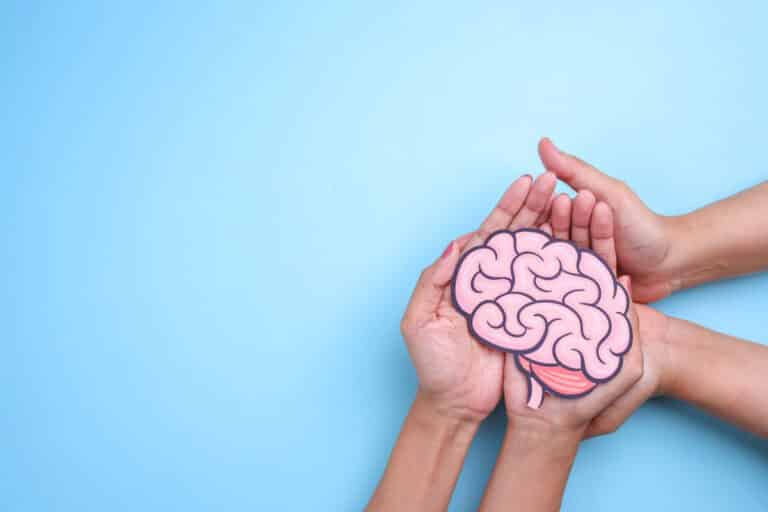

Important Considerations in ADHD Medication Treatment
The choice of ADHD medication depends on various factors, including the patient’s medical history and specific needs. Contraindications such as cardiovascular conditions, active substance use disorders, and certain psychiatric disorders must be carefully considered before prescribing stimulant medications. For patients with a history of seizures, tics, or eating disorders, non-stimulants may be a safer choice.
Dustin. Bower also discusses the long-term risks of stimulant use, particularly at high doses. Overuse of stimulants can damage dopamine receptors in the brain, which may lead to desensitization and reduced efficacy over time. He recommends using extended-release stimulants when possible to mitigate these risks and avoid long-term damage.
Conclusion
ADHD medications, both stimulants and non-stimulants, can be life-changing for individuals struggling with the disorder. However, the treatment process is not one-size-fits-all and requires careful consideration of individual needs, risks, and potential side effects. Early intervention with appropriate medication can help reduce the likelihood of substance use disorders and significantly improve quality of life. Dustin. Bower’s insights underscore the importance of personalized care and the need to consider both the benefits and potential risks when choosing the right treatment for ADHD.
By understanding these nuances, healthcare providers and patients alike can make informed decisions that support long-term success in managing ADHD.
